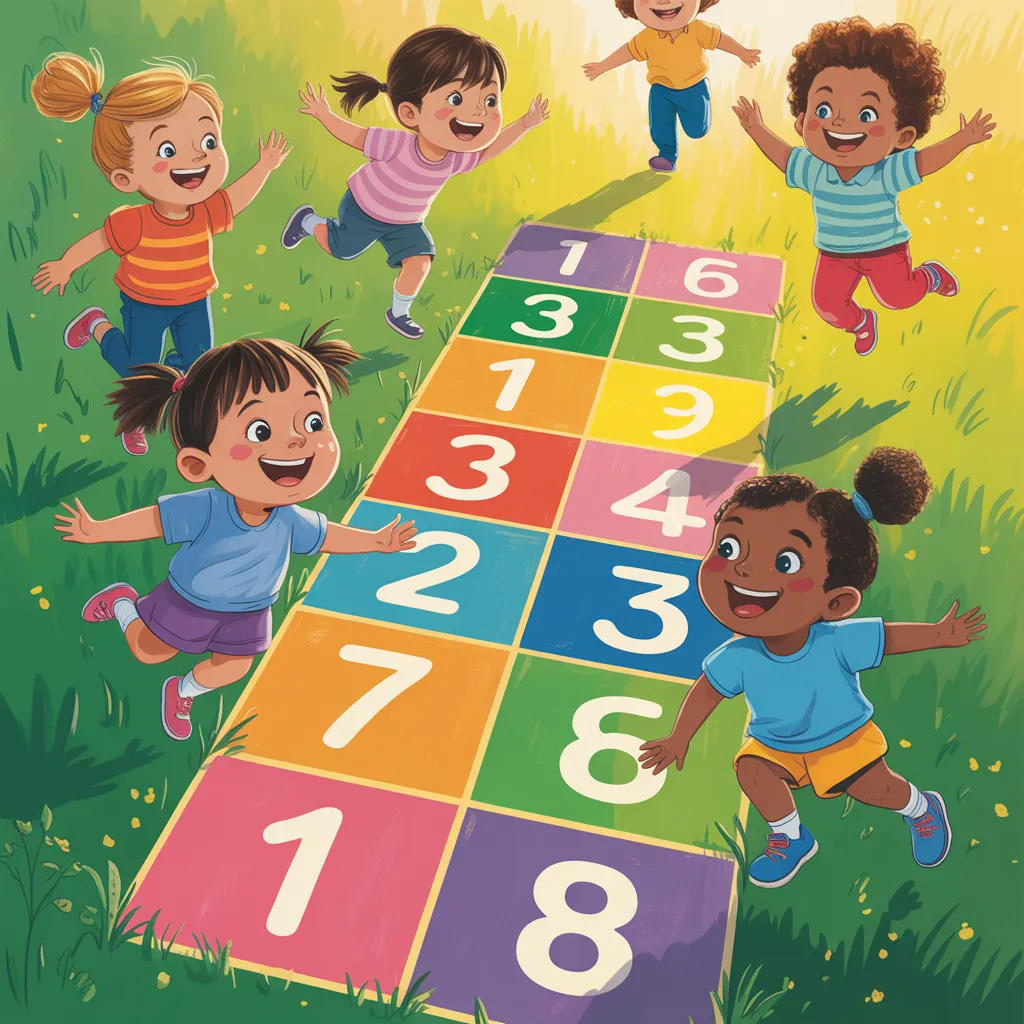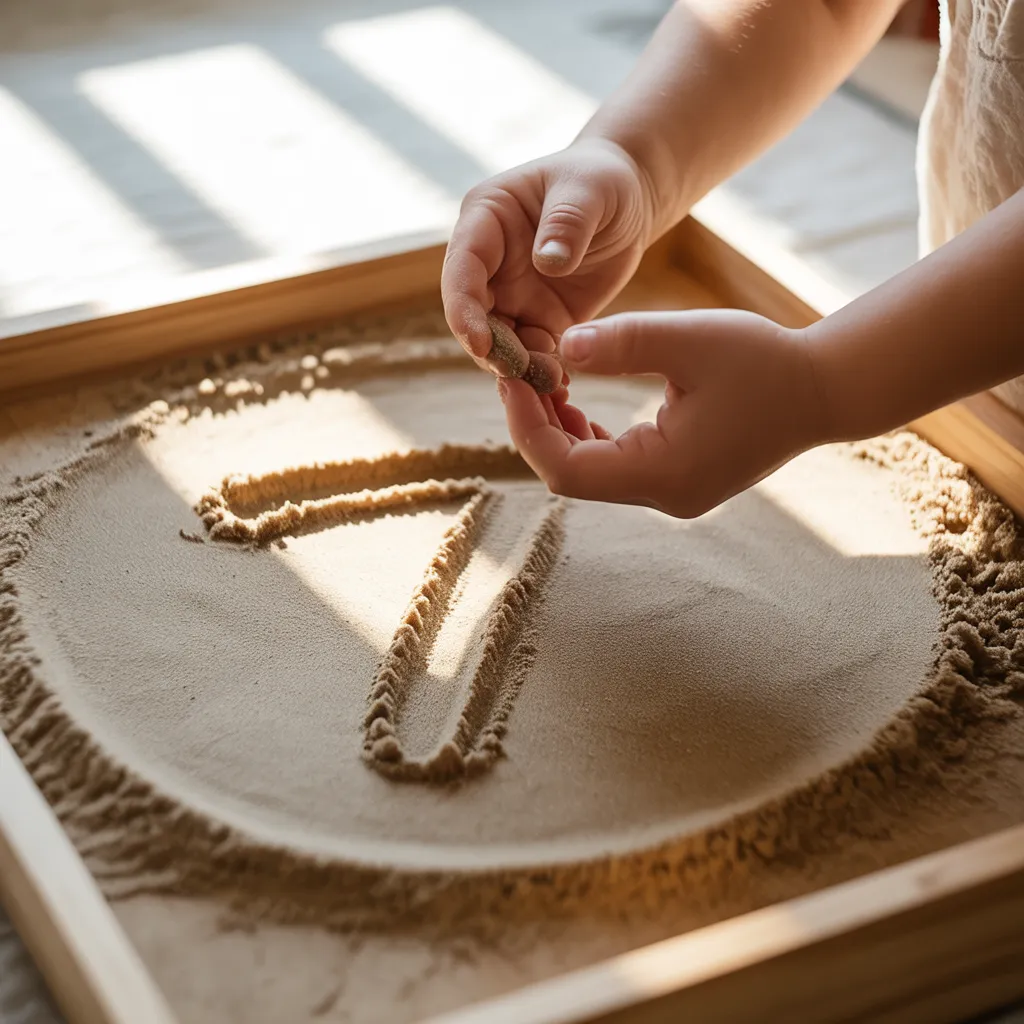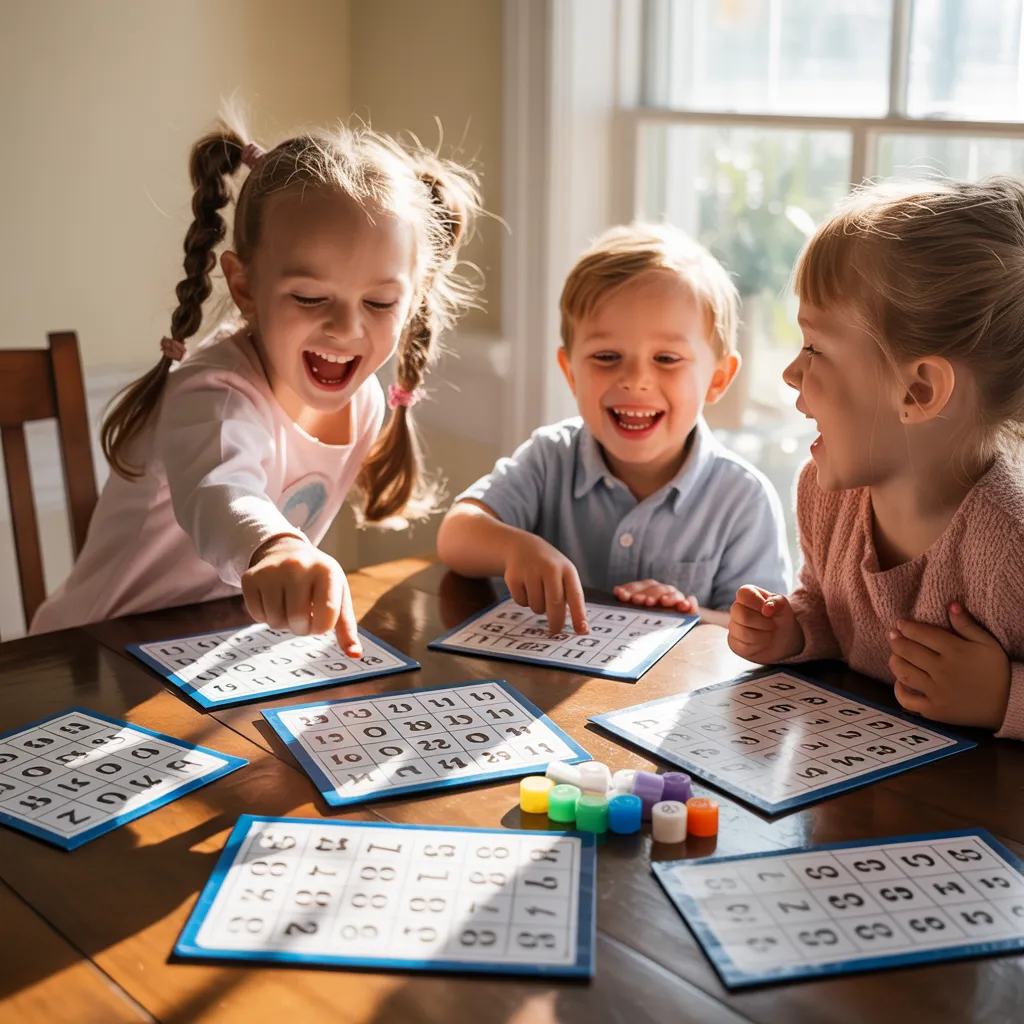Developing number recognition games is a fundamental stepping stone in a child’s mathematical journey. When children can identify and understand numbers, they build the essential foundation needed for all future math learning. Number recognition games offer an engaging, playful approach to mastering this critical skill without the pressure of formal instruction. These interactive activities transform what might otherwise be repetitive practice into exciting challenges that children eagerly participate in. By incorporating movement, sensory experiences, and friendly competition, number recognition games create meaningful learning moments that capture children’s attention and reinforce their understanding. Whether you’re a parent looking to support your child’s early math development or a teacher seeking fresh classroom activities, these games provide effective and enjoyable pathways to numerical fluency.
What number comes next: 1, 2, 3, ?
You have 2 apples and you get 3 more. How many apples do you have now?
Which number is the smallest?
Why Number Recognition Games Are Essential for Development
Number recognition games do more than teach children to identify numerals. They build crucial cognitive connections that support overall mathematical thinking. When children engage with numbers through play, they develop:

- Visual discrimination skills: Learning to distinguish between similar-looking numbers (like 6 and 9)
- Memory enhancement: Recalling number symbols and their corresponding values
- One-to-one correspondence: Understanding that each number represents a specific quantity
- Confidence with mathematics: Building positive associations with numbers from an early age
The Science Behind Learning Through Number Recognition Games
Research consistently shows that play-based learning creates stronger neural pathways than rote memorization. When children encounter numbers in game formats, their brains release dopamine—the « feel-good » neurotransmitter that enhances focus and memory formation. This neurological response makes number recognition games particularly effective for young learners who may not respond well to traditional worksheets or flashcards.
Top Number Recognition Games for Different Age Groups
Preschoolers (Ages 3-4)
For our youngest learners, multisensory number recognition games provide the most engaging introduction to numbers:
- Number Hunt: Hide foam or magnetic numbers around the room and have children find specific numbers when called out.
- Sensory Number Tracing: Create trays of sand, salt, or shaving cream where children can trace numbers with their fingers, creating a tactile memory of each numeral’s shape.
- Number Hopscotch: Draw a hopscotch grid outdoors with numbers and have children identify each number as they hop.
- Counting Songs with Finger Plays: Incorporate visual cues with songs like « Five Little Monkeys » or « Ten in the Bed » where fingers represent quantities that correspond to numbers.
Early Elementary (Ages 5-6)
As children develop more sophisticated recognition skills, number recognition games can incorporate greater challenges:
- Number Bingo: Create bingo cards with numbers instead of letters for a classic game with a mathematical twist.
- Roll and Cover: Use dice and a numbered grid where children identify the number rolled and cover it on their board.
- Number Scavenger Hunt: Send children looking for real-world examples of specific numbers in their environment.
- Number Puzzles: Create simple puzzles where matching a number to its quantity completes the puzzle.
Advancing Skills (Ages 6-7)
For children solidifying their number recognition, these games add complexity while maintaining engagement:
- Number Sequence Challenges: Present scrambled number lines for children to arrange in the correct order.
- Quick Flash Cards: Show number cards briefly and have children identify what they saw, building visual memory.
- Number Memory Match: Create card pairs with a numeral on one card and the corresponding quantity on another.
DIY Number Recognition Games You Can Create at Home

Creating your own number recognition games doesn’t require expensive materials. With everyday items, you can develop custom activities that target your child’s specific learning needs:
Using Household Items
- Bottle Cap Numbers: Write numbers on plastic bottle caps for sorting, sequencing, or matching games.
- Clothespin Math: Number clothespins that children can attach to cards showing the corresponding quantity of objects.
- Egg Carton Counting: Transform an egg carton into a math manipulative by numbering each section and having children place the correct number of small objects inside.
Digital Number Recognition Games Worth Trying
While hands-on activities provide valuable tactile experiences, quality digital games can supplement learning:
- Number Monsters: A free app that makes identifying numbers fun through colorful animations and rewards.
- Endless Numbers: An engaging application that introduces not just number recognition but early addition concepts.
- PBS Kids Numbers Games: Free online games featuring familiar characters that reinforce number identification.
Incorporating Number Recognition Games into Daily Routines

The most effective learning happens when it’s consistent and contextual. Here’s how to seamlessly integrate number recognition games into everyday activities:
- Mealtime Math: Count place settings, food items, or utensils during meal preparation.
- Bath Time Numbers: Use foam bath numbers to create identification games during bath time.
- Outdoor Number Walks: Look for numbers on mailboxes, signs, and license plates during neighborhood walks.
Conclusion
Number recognition games transform what could be tedious practice into joyful exploration. By incorporating these playful activities into your child’s routine, you’re not just teaching them to identify numbers—you’re fostering a positive relationship with mathematics that can last a lifetime. Start with games that match your child’s current ability, and gradually increase the challenge as their confidence grows. Remember that consistency is key, but so is keeping the experience pressure-free and fun. With the right balance of structure and play, your child will develop strong number recognition skills that serve as building blocks for all future mathematical learning.
10 Proven Strategies on How to Teach Kids to Count: Building a Strong Mathematical Foundation
FAQ About Number Recognition Games
Q: At what age should children begin playing number recognition games? A: Children as young as 18 months can begin exposure to numbers through simple counting songs and books. More structured number recognition games typically become appropriate around age 2-3 when children show interest in counting and identifying written numbers.
Q: How do I know if my child is ready for number recognition games? A: Look for signs of readiness such as pointing to numbers in books, attempting to count objects, or showing interest when you count aloud. Start with very simple activities and observe your child’s engagement level.
Q: My child confuses certain numbers consistently. How can I help? A: For commonly confused numbers like 6/9 or 2/5, create special tactile activities focusing just on these numerals. Try teaching a motion or rhyme associated with each number to create additional memory cues.
Q: How long should we spend on number recognition games each day? A: Quality matters more than quantity. Even 5-10 minutes of focused, playful practice can be beneficial. Watch for signs of fatigue or frustration and end on a positive note.
Q: Can number recognition games help children with learning differences? A: Absolutely! Many children with learning differences respond particularly well to multisensory approaches that number recognition games provide. These activities can be easily adapted to individual learning styles and needs.

Ping : 20 Engaging Count and Color Worksheets That Boost Early Learning Skills - smartkidsprintable
Ping : 25 Powerful Early Math Activities That Develop Lifelong Numerical Skills - smartkidsprintable